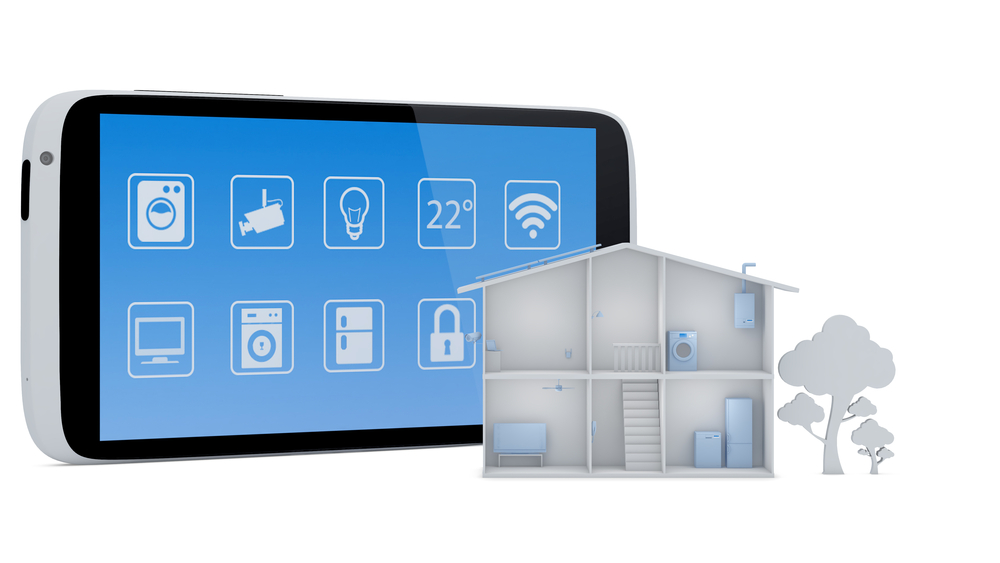With communications the second largest indirect expense, and the third or fourth largest expense overall, for a business (IDC), enterprises today struggle to multitask managing costs while simultaneously delivering existing and new M2M network capabilities.
And while they do so, the ground on which such goals rest is shifting underneath them – M2M, the Internet of Things (IoT) and mobility are changing rapidly as integrated ecosystems intensify the rate of innovation.
Consequently, internal resources are struggling to keep up with either the dynamic changes or the fragmentation and complexity of the M2M market – in terms of resource bandwidth or technical capabilities.
>See also: M2M technology: aiding a smart approach to climate change
The managed mobility services (MMS) market has therefore had to evolve faster than the underlying market’s rate of change in order to provide the support enterprises need. The result has been the availability of new services that make it possible for enterprises to reliably plan, procure, provision, manage and support machines and devices with integrated mobile or wireless connectivity via a third party vendor.
A recurring problem that originated from consumerisation is that every organisation has its own unique solution criteria and characteristics based on their individual problems and challenges, as well as their expectations for resolution. In addition, within each organisation the individual stakeholder groups may have specific areas of concern as well, like finance reducing costs, IT reducing risk and implementing mobile policy, and marketing improving buyer understand and intelligence.
This breadth of motive is entirely to be expected – the same could be said for any enterprise IT project today. Often, diverse stakeholders’ good intentions leads to a blinkered focus solely on the initial setting of project scope, not on the ongoing management – aside from periodic, reactionary reviews.
Each of the requirements above for the various departments or functions is entirely measurable – and yet all too often, once the M2M/IoT network is established, the challenge for the MMS service provider comes in keeping stakeholders’ time and attention from shifting to other projects. Which means that despite very best efforts, achieving the various tangible, hoped-for impacts of the M2M/IoT network (i.e.reducing expenses and optimising resources) may not happen at all.
So how does an enterprise’s behaviour need to change?
Simply put, stay with the project for longer, else risk undermining the networked benefits and raising geometric risks. Why? Managing a M2M network, or participating as an IoT stakeholder among connected ecosystems, requires not only competitive value based on innovation, but also continuously improving operational effectiveness.
Only then will enterprises see how MMS can not only satisfy the departmental metrics above, but also show its ultimate additional value – transforming the business using real-time data to proactively anticipate challenges and optimise communications.
>See also: How to ethically extract value from the Internet of Things
This may manifest itself in spend visibility, data throughput trends, opportunities for savings, maintaining financial controls, more accurate audits, and the ability to assess how competitive current agreements and future negotiations are with current market conditions and trends.
These unexpected benefits that weren’t part of the original project scoping and metrics are further evidence of the emergence of MMS solutions that are helping organisations to gain far greater control, visibility and security over their processes, functions and data. But these benefits rely on the internal stakeholders remaining focused and devoted to the success of the project not just from the outset, but beyond.
The companies that succeed believe it takes more than technology and hard work – it takes cross-functional teamwork.
Sourced from Troy Fulton, Tangoe










